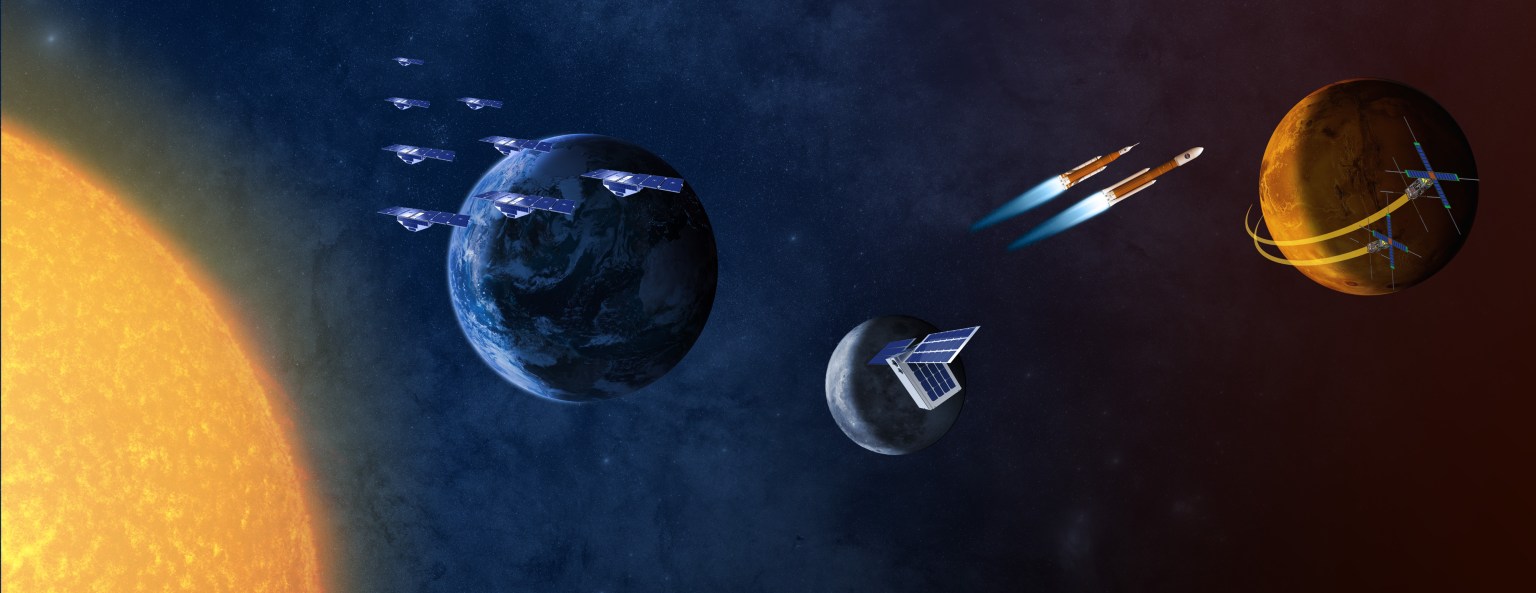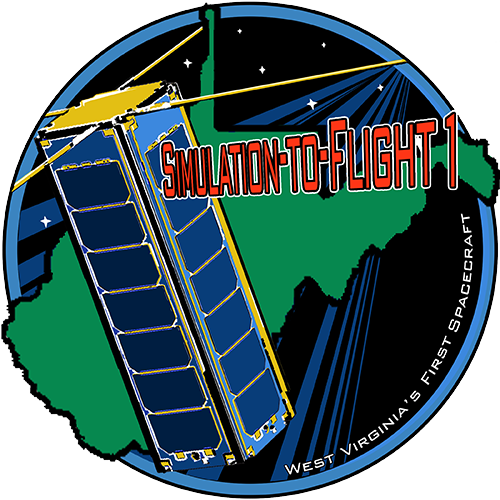Small Spacecraft Community of Practice
Subscribe to receive announcements for the Small Spacecraft Systems Virtual Institute’s (S3VI) monthly webinar series and quarterly newsletter here. We look forward to your participation!

Smallsat and Systems Engineering
Speaker: Pauline Faure, California Polytechnic State University
Wednesday, July 15, 2020
10:00AM-11:00AM Pacific Daylight Time
Click here to watch the webinar.
Click here to download the presentation.
Please contact Julianna.L.Fishman@nasa.gov if you experience issues with the audiovisual connection to this webinar.
Abstract: Systems engineering can appear daunting to smallsats developers. Yet, when systems engineering processes are applied, smallsat development and overall mission success can be improved.
The Cal Poly CubeSats Laboratory has pioneered the development of CubeSats and their associated deployers since 1999. As part of a university, the CubeSats Laboratory’s main mission has always been to educate. As CubeSats’ applications expanded, not only college students benefited from project-based learning using CubeSats, but also scientists, technology developers, emerging nations, and more. This enabled access to space to a larger number of entities and created a community that the Laboratory has been serving through multiple initiatives.
For more than 15 years, the CubeSats Laboratory has held the annual CubeSat Developers Workshop during which the community gathers to exchange ideas and initiate tomorrow’s technological and scientific innovations in CubeSats. In 2019, the Laboratory started to host a two-day training course for first time CubeSat developers. The overall goal of the training is to provide new actors in CubeSat development with good practices to successfully develop, launch, and operate a CubeSat. The training tackles topics ranging from the description and definition of the different elements of a CubeSat to licensing and testing strategy.
From the lessons learned gained from the first training course, as well as those from our own Laboratory’s experience with the continuous improvement of its CubeSat programs, systems engineering appears to play a critical role in mission success, yet it also appears to be overlooked. In this discussion, we will address how and what systems engineering processes can be applied to a CubeSat program to further mission reliability without daunting the developers.
Biosketch: Dr. Pauline Faure obtained her Ph.D. from Kyushu Institute of Technology (Kyutech), Japan, in Mechanical Engineering. Dr. Faure’s thesis dealt with decision-making processes in non-traditional satellites program management of assembly, integration, and testing activities.
Since joining Cal Poly in 2018, Dr. Faure has been leading the efforts of the CubeSat Laboratory for the development of the CubeSat kit and deep space communication system. Moreover, Dr. Faure is a strong advocate for the implementation of systems engineering’s good practices for the development of small satellites programs. Within the aerospace department, Dr. Faure teaches, among others, the seniors’ capstone course on Spacecraft Design, juniors’ course on Fundamentals of Systems Engineering, and an elective course on Aerospace beyond Engineering.
Prior to joining Cal Poly, Dr. Faure was with the Laboratory of Spacecraft Environment Interaction Engineering (LaSEINE) at Kyutech in Japan where, in 2014, she became the Project Manager of a 10kg-class satellite, HORYU-IV, developed by a team of 40 students and professionals from 18 countries. Then, in 2017, Dr. Faure became the lead for LaSEINE’s capacity-building trainings during which engineers from emerging space faring nations came to Kyutech to practically experience the design, development, and testing of missions for CubeSats.
S3VI encourages the community to submit questions before the webinar to enable more directed responses. Please send questions to raquel.l.redhouse@nasa.gov.






























